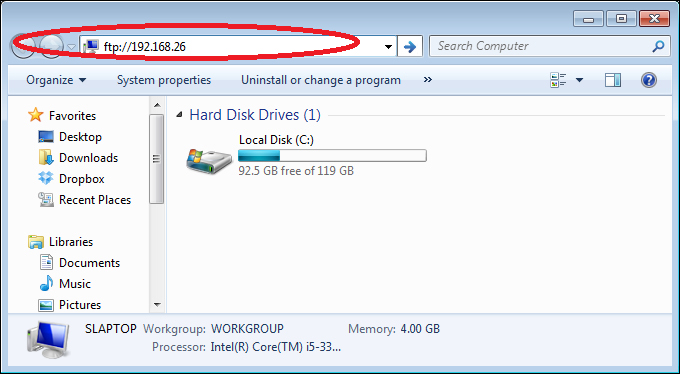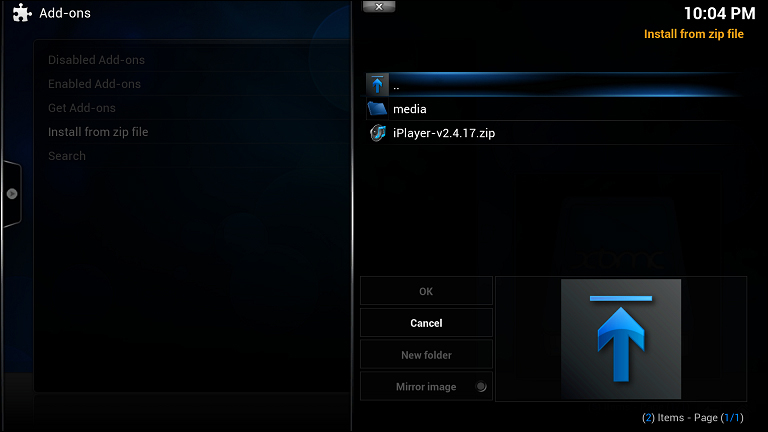XBMC supports plugins, which can enhance the media center experience by providing access to additional content as well as skins and new features. For example, the BBC iPlayer plugin allows you to watch on demand BBC content as well as a selection of live BBC channels.
Some add-ons are available for installation from XBMC itself without any manual downloading. These are considerably easier to install than other add-ons.
The following steps will help you to install an add-on via XBMC:
- Go to System | Settings | Add-ons.
- Select Get Add-ons.
- Pick XBMC.org Add-ons.
- There are now many different types of add-ons available for selection. To install one, select the add-on and click on Install as shown in the following screenshot:

- The download progress will be shown next to the name of the add-on in the list.
- The add-on will now be installed on your system. If it was a video plugin, it should be visible within Videos. Similarly, music plugins will appear within Music if they offer services such as streaming.
It is best to consult the documentation of the downloaded add-on to find out how to use it in XBMC.
Some add-ons are available for XBMC but cannot be found in the XBMC.org Add-ons repository that we used previously.
To install an add-on, we need to add the repository that contains it first or install the add-on directly via a ZIP file. Many add-ons are available, and a list of unofficial repositories is available at http://wiki.xbmc.org/index.php?title=Unofficial_add-on_repositories.
In this example, we will install the BBC iPlayer add-on as follows:
- First, we need to download the ZIP file of the add-on. This should be done on a computer and the file should be saved somewhere memorable. In this case, our ZIP file is at http://xbmc-iplayerv2.googlecode.com/files/iPlayer-v2.4.17.zip.
- An easy way to transfer the file to Raspbmc is using the built-in FTP server. This should be on by default unless you disabled it in Raspbmc Settings.
- To connect to FTP via Windows, enter
ftp://IPin Explorer, where IP is the IP address of the Raspberry Pi. The IP address can be found in System | System Information under the Network pane. The following screenshot shows where to type this URL in Windows:
- You will now be prompted for the login details. The username is
pi, and provided you have not changed the password in Raspbmc Settings, the default password israspberry. This can be entered via a dialog similar to the one shown in the following screenshot:
- Right-click on the ZIP file and click on Copy.
- Right-click on an empty area in the FTP folder and click on Paste. The ZIP file will now be uploaded to your device (shown in the following screenshot):

Now, we can install the plugin via the Raspberry Pi.
- We now go to System | Settings | Add-ons as we would if we were installing an add-on from the XBMC Repository.
- However, instead of choosing Get Add-ons we should select Install from zip file.
- Select Home folder, as that is the default location of the file we have uploaded.
- Select the iPlayer ZIP file, and XBMC will now install the add-on. The following screenshot shows how to select a ZIP file for installation:

- You will see a notification informing you that the iPlayer add-on is now enabled.
- Congratulations! This can be used by selecting Videos from the main menu and then going to Video add-ons.
